Yesterday, Aeroplan announced upcoming changes to its Flight Reward Chart, which will come into effect on September 1, 2022. Overall, the changes aren’t drastic, but they are mostly negative.
The biggest news is an upcoming devaluation on some premium cabin long-haul redemptions, which is unfortunate.
Aeroplan will also introduce new distance bands for short-haul flights, which reduces costs in some very specific circumstances. There is also the addition of Air Canada premium economy to some flight charts, where it previously wasn’t included.
Let’s look at the changes to each of the zone charts.
In This Post
- Between North America and Atlantic Zones
- Between North America and Pacific Zones
- Between Atlantic and Pacific Zones
- Between North America and South America Zones
- Within South America Zone
- Conclusion
Between North America and Atlantic Zones
The changes to the “Between North America and Atlantic zone” chart affect the pricing of business class and First Class flights with partner airlines in the third and fourth distance bands. Flights in these cabins and distance bands will increase in cost by 5,000–10,000 points.
Distance (miles) | Business | First |
6,001 – 8,000 | 90,000 +5,000 | 130,000 +10,000 |
8,001+ | 110,000 +10,000 | 140,000 +10,000 |
The majority of flights that will become more costly are destinations that are harder-to-reach from North America. Long-haul flights on the North America–Atlantic zone chart were already priced quite high, so this is one of the main downsides to the upcoming changes.
Flights within the first two distance bands between North America and the Atlantic Zone will not be affected.
For example, flying directly from Vancouver to Istanbul with Turkish Airlines in business class will cost the same, as the distance is 5,973 miles.
However, flights from Seattle, San Francisco, and Los Angeles to Istanbul will increase by 5,000 points each, as the distance between these US hub cities and Istanbul exceeds 6,000 miles.
Direct flights from North America to most of Europe with partner airlines won’t be affected, as long as the distance remains under 6,000 miles. Flights from Eastern Canada to most of Europe that have connecting flights won’t be affected, either.
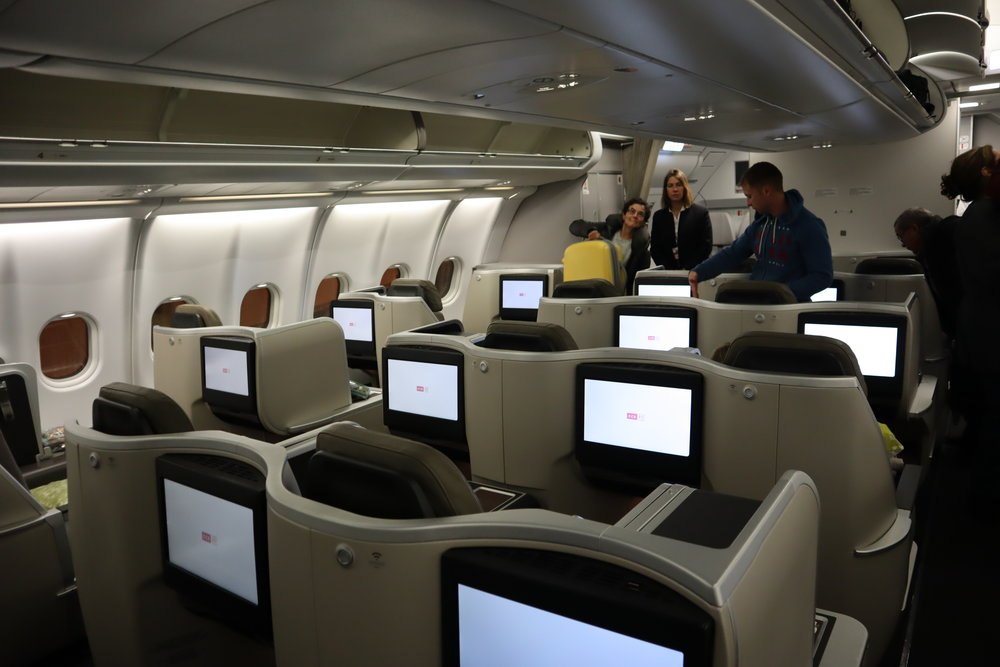
The upcoming cost increase will affect flights to popular destinations in the Atlantic zone, such as the Maldives, Middle East, and many countries in Africa.
For such long-haul flights, flying in business class or First Class significantly enhances the experience, and as of September 1, 2022, it will become more costly.
Some examples include:
- Etihad Airways First Class from Washington to Abu Dhabi will increase from 120,000 to 130,000 Aeroplan points
- Etihad Airways business class from Toronto to Malé via Abu Dhabi will increase from 100,000 to 110,000 Aeroplan points
- Swiss business class from Montreal to Johannesburg via Zurich will increase from 100,000 to 110,000 Aeroplan points
- Turkish Airlines business class from Vancouver to Tbilisi via Istanbul will increase from 85,000 to 90,000 Aeroplan points
Increases of 5,000 and 10,000 points aren’t incredibly significant, but still represent a devaluation. Since there are many aspirational destinations and flights within the Atlantic zone, reaching them will become more expensive, which is surely a negative change.
To offset the cost of this increase, consider using a destination in the Atlantic zone as a stopover point, and continue onto the Pacific zone for your destination. This “Atlantic/Pacific arbitrage” can wind up saving you a number of points.
Furthermore, look to sweet spots in other programs, such as flying Qatar Airways Qsuites with Avios, to reach some of the destinations that will become more expensive.
Between North America and Pacific Zones
The changes to the “Between North America and Pacific zone” chart is seeing a minor increase in cost for flights in business class in the third distance band, as well as a moderate increase for business class and First Class flights in the fourth distance band.
Distance (miles) | Business | First |
7,501 – 11,000 | 87,500 +2,500 | 130,000 ±0 |
11,001+ | 115,000 +10,000 | 150,000 +10,000 |
The minor increase in the third distance band from 85,000 to 87,500 points for flights with partner airlines in business class isn’t a big deal. Indeed, this “Asia 3” Aeroplan sweet spot remains relatively unscathed, as do others in the first and second distance bands.
Recall that the third distance band in this zone chart covers distances of 7,501–11,000 miles.
When transiting the Pacific Ocean from eastern North America, you can still take advantage of some excellent business class products to get to most places in the Asian part of the Pacific Zone.
For example, the cost for ANA’s “The Room” business class from New York JFK to Tokyo, and then continuing on to Bangkok, Singapore, or Bali, will only increase by 2,500 points.
Furthermore, flying from Vancouver or Seattle to Brisbane via Taipei with EVA Air in business class will only increase by 2,500 points.
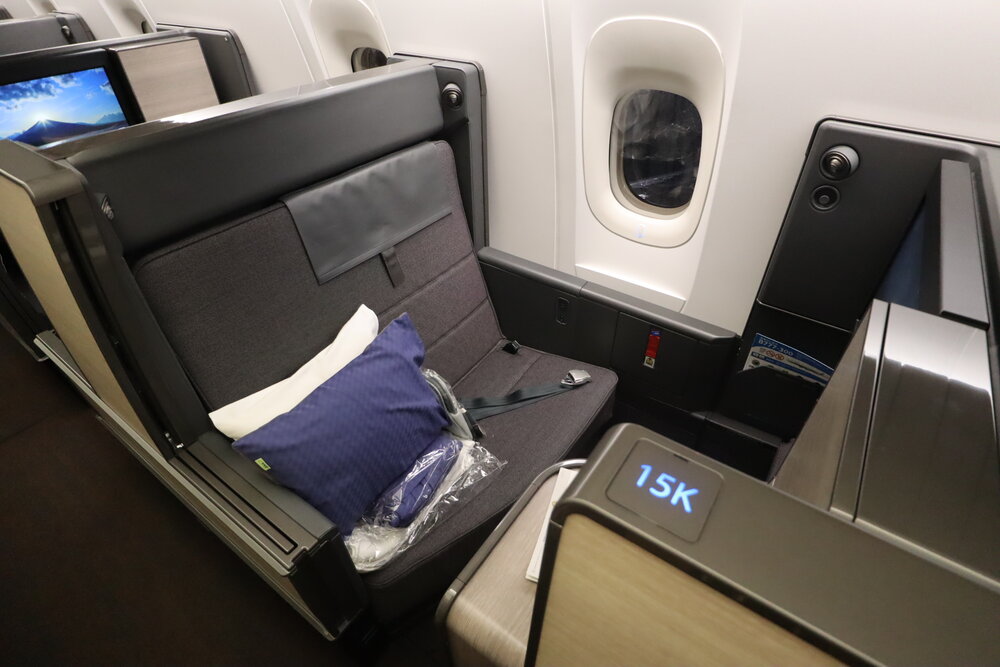
The changes to the fourth distance band are more significant. Long-haul business class or First Class flights of over 11,001 miles from North America to the Pacific Zone are increasing by 10,000 points each.
I don’t imagine that this will affect anyone who prefers to take more direct routings to their destinations. It will, however, affect those who take the long way around to get from North America to, say, Australia or New Zealand.
Australia and New Zealand are very popular destinations for our Points Consulting calls. Given their remote location, premium cabin award space can be difficult to come by at a reasonable price.
To get around Air Canada’s dynamic pricing on direct flights to Brisbane, Sydney, and Auckland, as well as the dearth of premium cabin award space with United, one alternative is to fly via Europe, the Middle East, and/or Asia.
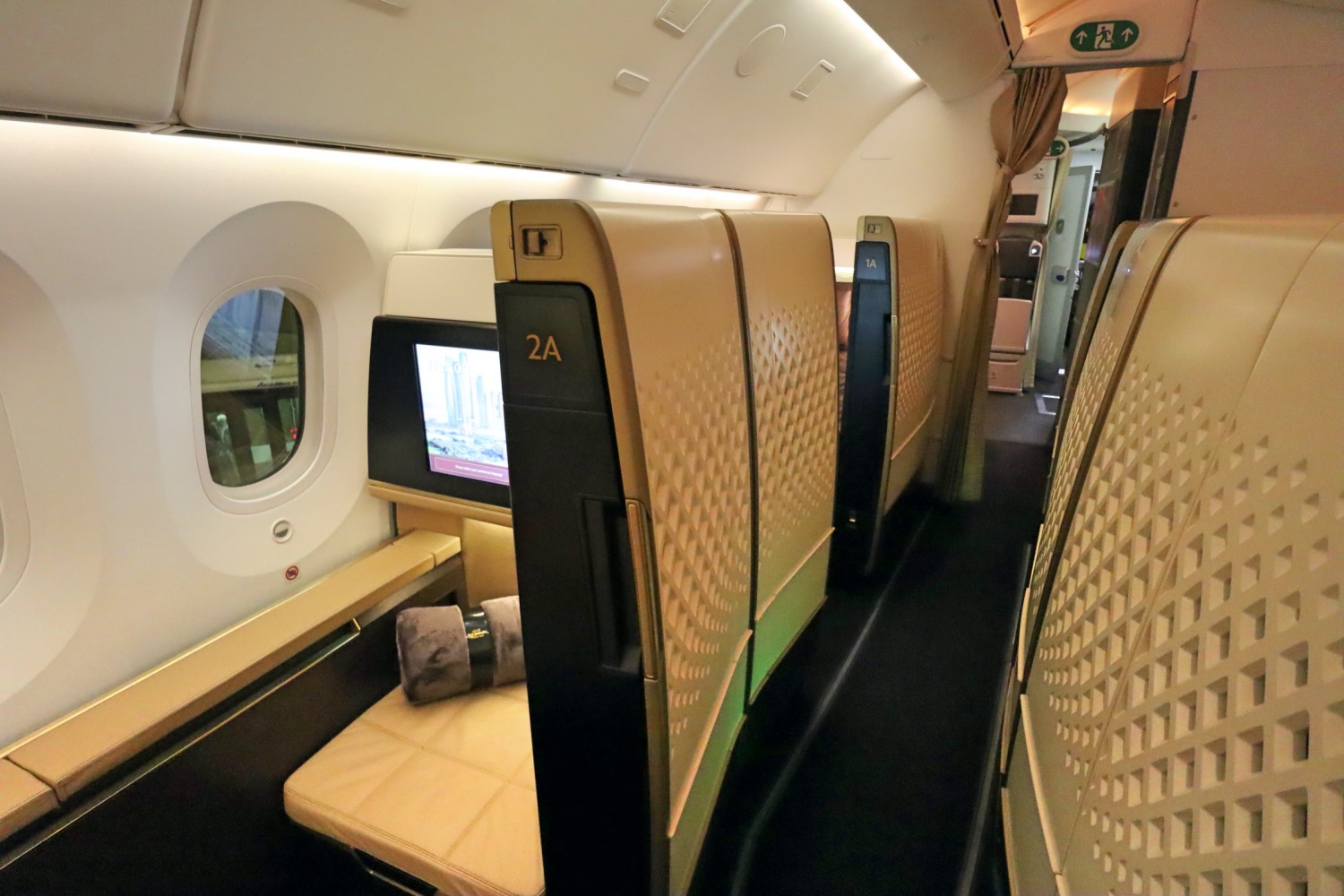
For example, flying from Toronto to Melbourne via Abu Dhabi measures 14,159 miles. The cost for this routing will increase from 105,000 points to 115,000 points in business class.
Flying in Etihad Airways First Class from Washington to Sydney via Abu Dhabi will increase from 140,000 points to 150,000 points.
I don’t imagine this upcoming change will affect the vast majority of travellers, but for those who don’t mind some extra flying time or a stopover along the way, it’s unfortunately going to come at a higher price.
Between Atlantic and Pacific Zones
Unlike the other zones, which will typically see changes to one or two distance bands, all four distance bands in the “Between Atlantic and Pacific zones” chart are due to change. The Atlantic and Pacific zones encompass Europe, Africa, the Middle East, Asia, and Oceania, which covers a lot of territory.
Whereas there are currently three distance bands, there will soon be four.
The changes are summarized in the below chart:
Distance (miles) | Economy | Business | First |
0 – 2,500 | 25,000 -15,000 | 40,000 -20,000 | 50,000 -30,000 |
7,001+ | 65,000 +5,000 | 110,000 +10,000 | 140,000 +10,000 |
The addition of the first distance band at 0–2,500 miles is a positive change, but it’s likely not relevant to many Aeroplan members.
Currently, flying from the Indian subcontinent to nearby countries in Southeast Asia is unfavourably priced.
For example, flying from Malé to Singapore is currently priced at 60,000 points in business class. This will reduce to a more reasonable 40,000 points under the new pricing structure.
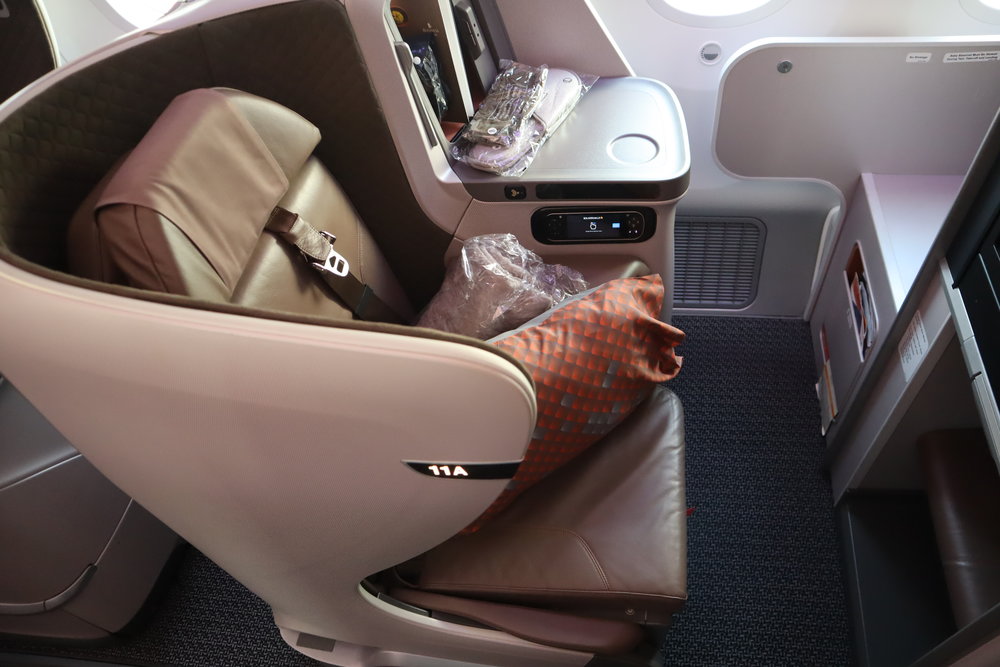
Similarly, a flight from Mumbai to Bangkok, which currently costs, 60,000 points in business class, will also see a reduction of 20,000 points.
You could also consider booking such flights with British Airways Avios. For example, a one-way flight in business class from Mumbai to Kuala Lumpur prices out at 38,750 Avios, which is slightly less expensive than the future Aeroplan cost once the changes take effect.
The only minor changes to the second distance band will be the addition of premium economy with Air Canada flights, and updating the distance band to 2,501–5,000 miles.
I can’t think of any routes that will exclusively be with Air Canada between these zones, so I imagine the pricing will affect mixed-airline bookings only.
The third distance band, which will remain at 5,001–7,000 miles, will also see the addition of Air Canada premium economy. Again, I can’t think of any routes that will be exclusively operated by Air Canada, so I imagine this will affect mixed-airline bookings only.
The fourth distance band, which is to remain at 7,001+ miles, will see increases of 5,000–10,000 points in each class of service, as well as the addition of Air Canada premium economy.
This won’t affect most direct flights from Europe to Asia, as they will still fall just under the 7,000 mile range. For example, London to Tokyo, Frankfurt to Singapore, and Istanbul to Bali will all remain unchanged.
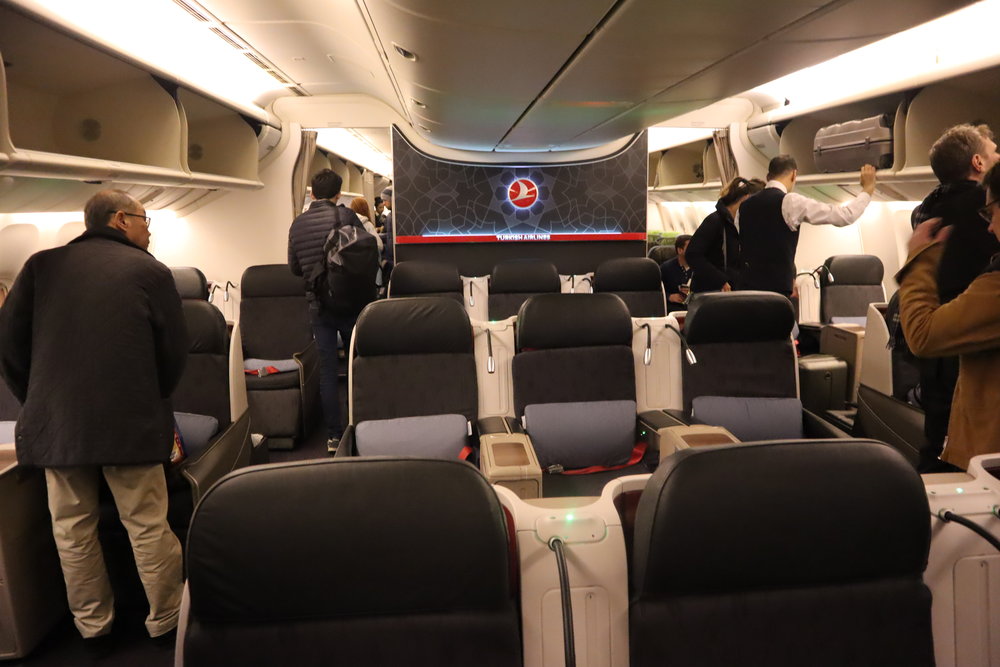
Similar to the changes to the North America–Atlantic and North America–Pacific charts, the highest distance band will see an increase in cost. For example, flying between Europe and Oceania or Africa and Asia is set to become more costly.
I don’t imagine that many passengers will be affected by these changes. They do, however, represent an unfortunate devaluation.
Between North America and South America Zones
The biggest change to the “Between North America and South America” chart is the introduction of a new short-haul distance band.
Whereas there are currently two distance bands (0–4,500 miles and 4,501+ miles), there will be three as of September 1, 2022:
- 0–2,500 miles
- 2,501–4,500 miles
- 4,501+ miles
Let’s focus in on the first distance band, as the cost of the other two will essentially follow the status quo to what they are now.
For travellers originating in Canada, this distance band will not result in any savings, as all direct flights from Canada to South America measure greater than 2,501 miles.

Travellers originating in the United States may stand to benefit from this upcoming change, as flights from American hub cities to some South American hub cities will fall within this new, less costly distance band.
For example, direct flights with Avianca from New York JFK or Washington Dulles will reduce from 50,000 points to 40,000 points in business class.
Similarly, flying with Copa Airlines from Miami to Quito via Panama City will reduce from 50,000 points to 40,000 points in business class.
As your origin city moves farther south in North America, you will be able to fly farther into South America while staying within the first distance band.
For the most part, though, flying to anywhere other than Colombia from Canada or most of the United States will remain the same as it is now.
Within South America Zone
At present, flights within South America are all subject to one distance band. As of September 1, 2022, there will be a total of two distance bands: 0–1,600 miles and 1,601+ miles.
Short-haul flights within the new first distance band will decrease in cost, and flights in the second distance band will increase in cost.
The upcoming changes are summarized in the below chart:
Distance (miles) | Economy | Business | First |
0 – 1,600 | 10,000 -5,000 | 20,000 -10,000 | 30,000 -20,000 |
1,601+ | 20,000 +5,000 | 35,000 +5,000 | 50,000 ±0 |
There’s not much to say about this change. Aside from some short-haul flights with Avianca and Gol, which would fall under the 1,600 mile range, most flights between countries within South America will exceed 1,600 miles.
The resulting cost will increase by 5,000 points, which makes a previous potential sweet spot of flying long distances across South America for a relatively reasonable amount of points slightly less sweet.
Conclusion
For the most part, the upcoming changes to Aeroplan’s Flight Reward Chart aren’t positive, but they could also be much worse. It’s never nice to see a program devalue some of its long-haul premium cabin redemptions, especially so soon after the program relaunched less than two years ago.
Most of Aeroplan’s sweet spots have survived this round of changes. The changes that will affect the most travellers are for flights between North America and either the Atlantic and Pacific zones, where long-haul flights in premium cabins are set to become more expensive as of September 1.
The creation of some distance bands will reduce the cost of some short-haul flights, although in practice, these favourable adjustments probably won’t affect too many Aeroplan members.
All things considered, Aeroplan remains a worthwhile loyalty program for now, as long as flights with partner airlines remain at fixed prices and there aren’t any further increases in costs coming down the line.




















Where does Alberta to Florida fall under?
Unaffected.